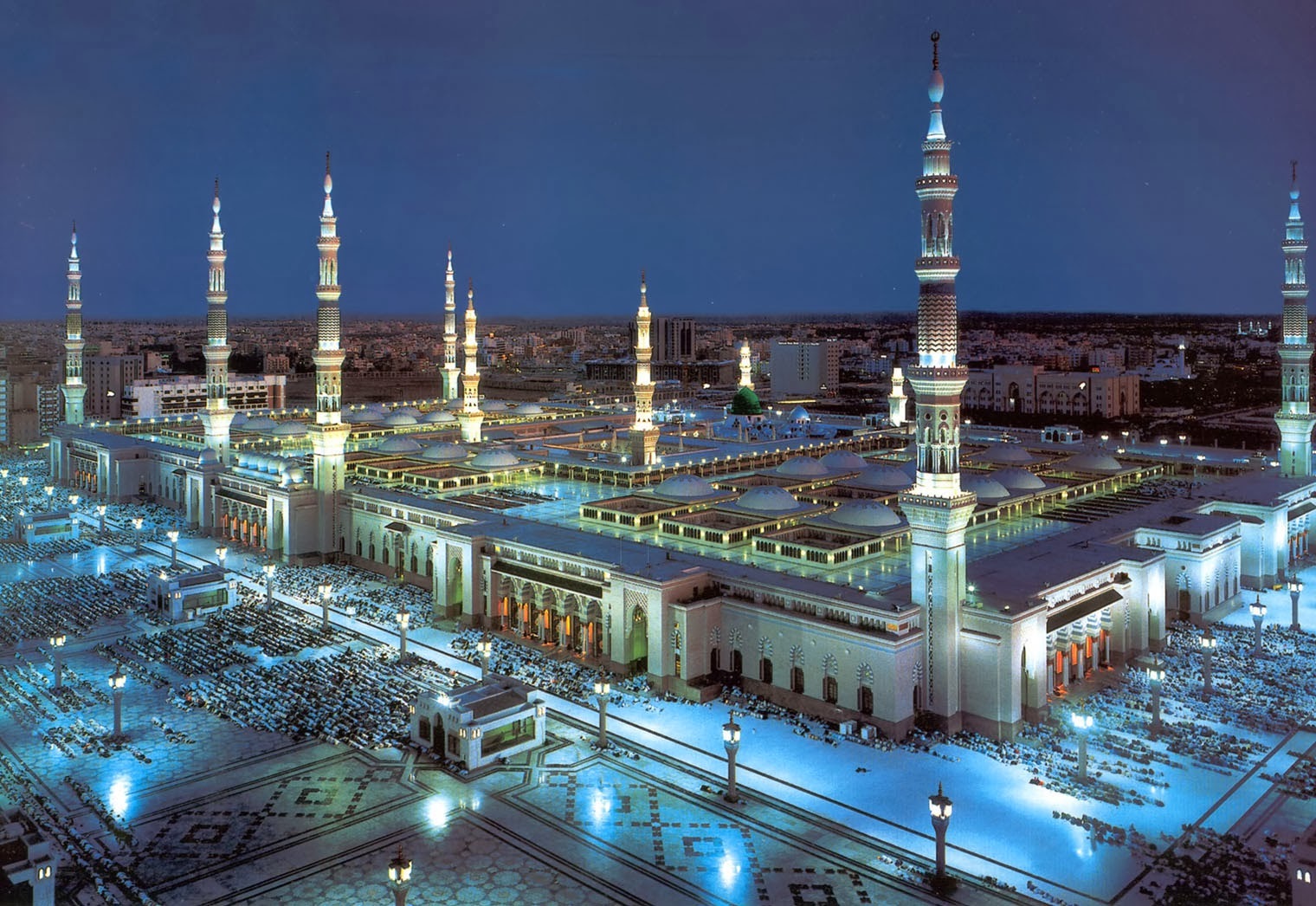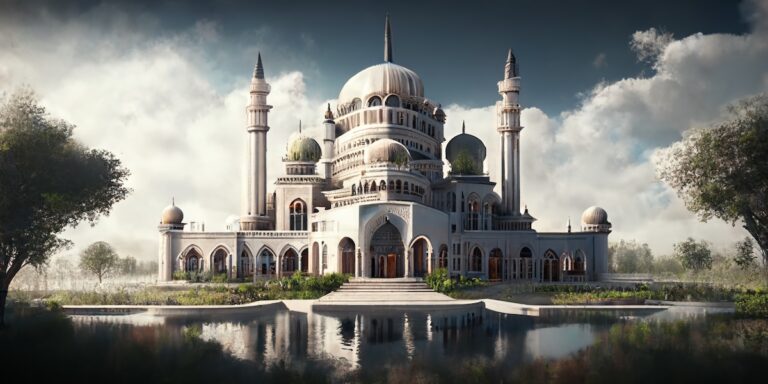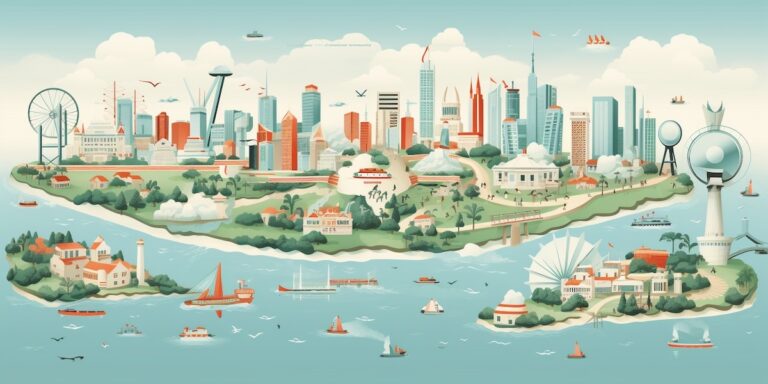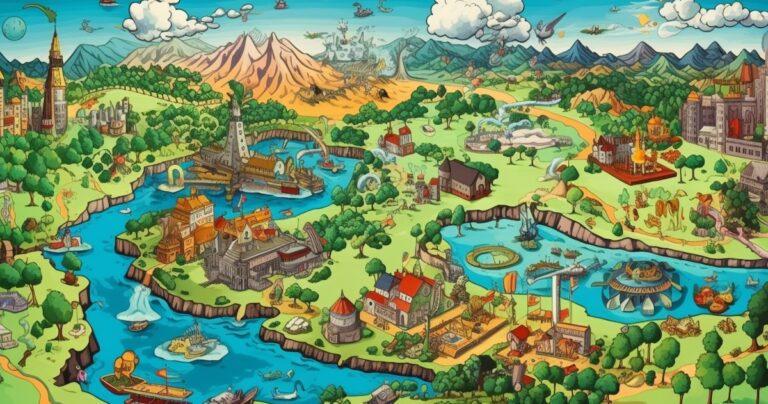The Prophet’s Mosque in Medina: Second Holiest Site in Islam
The Prophet’s Mosque, also known as Al-Masjid an-Nabawi, is one of the most significant sites in the Islamic world. This mosque is the second holiest site in Islam, following the Masjid al-Haram in Mecca. Situated in the city of Medina in Saudi Arabia, it is a site of immense historical, cultural, and religious importance.
Creation of the Mosque: The Early Days
The Prophet’s Mosque was established by the Prophet Muhammad himself in 622 CE. This was the year of the Hijra, the migration of Muhammad (pbuh) and his companions from Mecca to Medina. Upon arriving in Medina, the Prophet Muhammad (pbuh) decided to construct a place for Muslims to gather and pray. The location for this mosque was chosen because it was the land he was offered by two orphan brothers when he arrived in Medina.
The original mosque was a humble structure, measuring approximately 30 meters by 35 meters. It was made of palm trunks and mud walls, with a simple palm thatch roof. This was a direct reflection of the simplicity and modesty that characterized early Islam. The mosque also had a shaded area to the south called the Suffah where visitors could shelter.
The Prophet’s Mosque was much more than a place of worship. It was the hub of the Muslim community in Medina, serving multiple functions. It was a place of prayer, a community center, a court, and a religious school. It was also the Prophet’s (pbuh) residence, as his house was attached to the mosque.
Expansion Over Time
As the Muslim community grew, the mosque was expanded several times. The first significant expansion took place under the reign of Caliph Umar ibn al-Khattab, who ruled from 634 to 644 CE. He extended the mosque on all sides, almost doubling its size.
The second Caliph, Uthman ibn Affan, who reigned from 644 to 656 CE, further expanded the mosque due to the growing number of Muslims. He added more columns and pushed the walls out, enlarging the prayer area.
The mosque continued to be extended and renovated throughout the Umayyad and Abbasid periods, but the most substantial modifications occurred during the Ottoman Empire. In the 16th century, the Ottoman Sultan Suleiman the Magnificent ordered the construction of the iconic green dome over the tomb of Prophet Muhammad (pbuh). This distinctive feature, known as the Green Dome, is one of the most recognizable elements of the mosque today.
In recent history, Saudi rulers have also carried out extensive expansion and renovation projects. One of the most significant expansions was undertaken by King Fahd in the late 20th century, which increased the mosque’s capacity to accommodate hundreds of thousands of worshippers.
Conclusion
Today, the Prophet’s Mosque stands as a testament to the growth and development of Islam. Its humble beginnings, significant expansions, and continual renovations reflect the journey of the Muslim community from its inception to the present day. Despite the changes over time, the mosque continues to hold its place as a symbol of Islamic faith and devotion, drawing millions of pilgrims from around the world each year. Its historical and spiritual significance makes it an essential destination for Muslims and a fascinating site for people of all faiths interested in understanding the history of Islam.







2 Comments